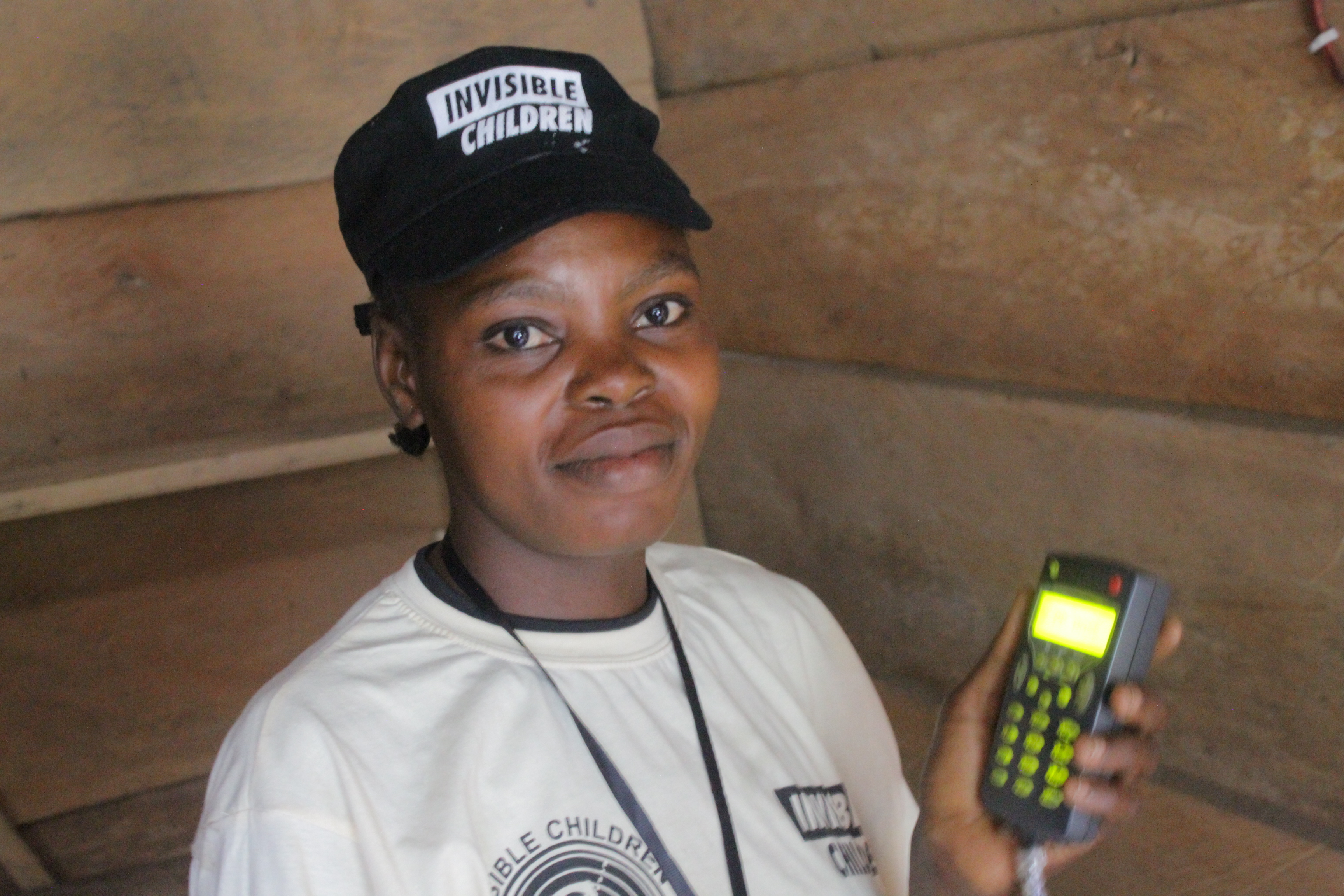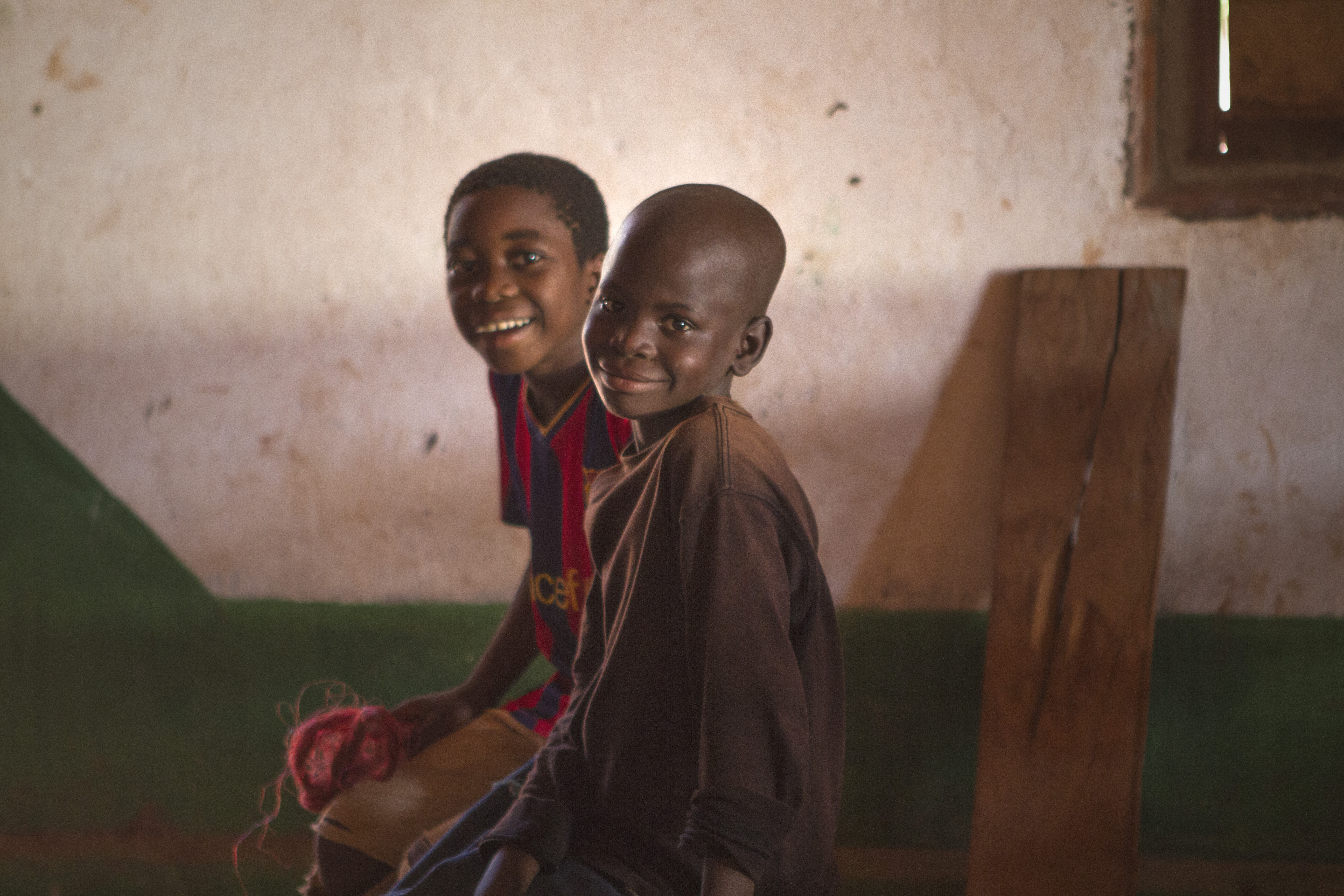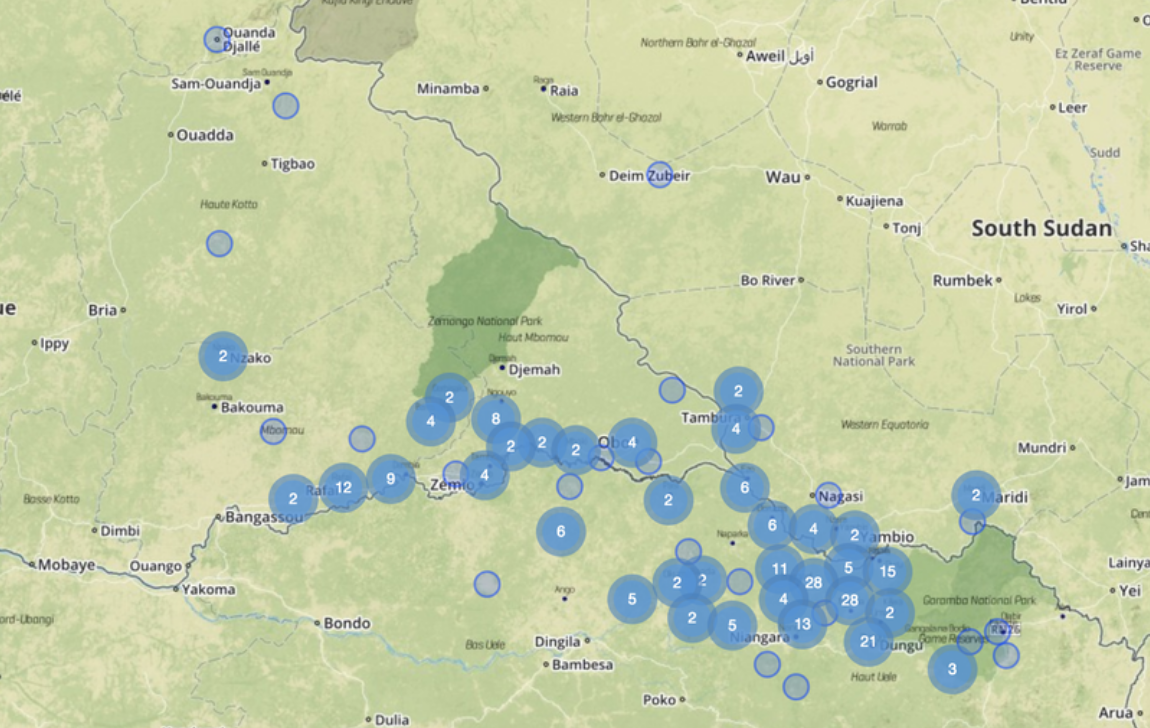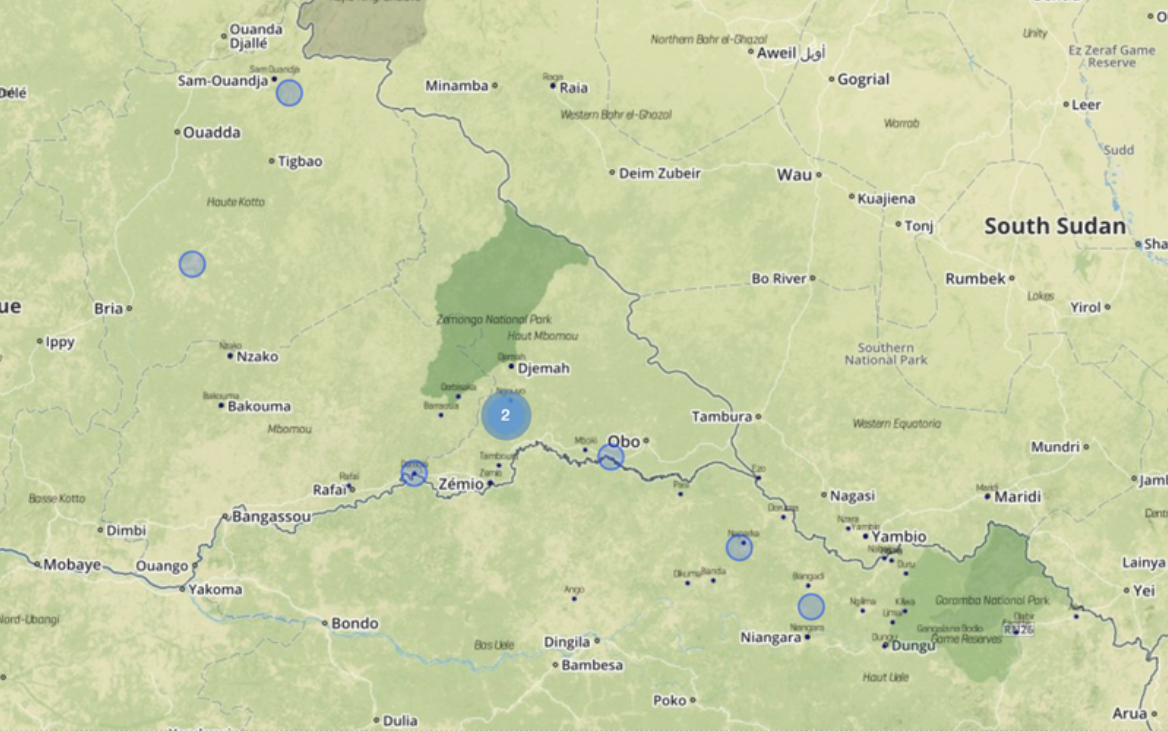In 2010, more than 750 people were killed in attacks carried out by Joseph Kony’s Lord’s Resistance Army (LRA) in remote corners of central Africa. So far this year, that number has dropped to fewer than twenty, and our LRA Crisis Tracker has played a part in making that possible.
Since 2011, our groundbreaking LRA Crisis Tracker, has helped make thousands safer from LRA violence by providing reliable, up-to-date information on the group’s activities to security forces, policy makers, and humanitarians working to protect communities from the LRA. Today, with your help, we’re reimagining the LRA Crisis Tracker as a tool that does even more to transform violent conflict across central Africa and make families safer not only from the LRA, but from any armed group that threatens them.
For years, remote and isolated communities throughout central Africa were completely unprotected from LRA attacks. These communities did not have access to basic communication tools, like phone lines or the internet, that would allow them to quickly report attacks. This meant that security forces, policy makers, and humanitarians lacked the information they needed to effectively protect communities or help them recover from LRA attacks.
But in 2011, we saw the possibility for change. We built the LRA Crisis Tracker — an online database and mapping tool that brings information from humanitarian organizations, regional security actors, and daily radio reports from our Early Warning Radio Network together in one place for an accurate, near-real time picture of LRA activity on the ground. Over the last six years, we’ve used data from the LRA Crisis Tracker and information from in-depth interviews with LRA survivors, to provide never-before-possible analysis of the LRA’s activities to those working to protect communities in the region. As a result, the LRA has been reduced to its lowest capacity ever and thousands of lives have been saved.
The LRA Crisis Tracker has become a powerful tool for preventing LRA violence — but we aren’t stopping there. Right now, we’re working to expand the LRA Crisis Tracker to do for communities throughout central Africa what it’s already made possible for those affected by LRA violence. We are working with local partners and international experts to develop new ways to collect and share information on everything from rising armed conflict in the Central African Republic (CAR) to the illegal activities that fuel violence against central African families.

Much of the data on our LRA Crisis Trackeris reported by brave central African leaders who are part of our Early Warning Radio Network.
Already this year, we’ve used the LRA Crisis Tracker to provide critical information and analysis to world leaders and decision makers on rising armed group violence taking place in eastern CAR. In the coming year, we will continue to expand the Early Warning Radio Network in eastern CAR and invest in on-the-ground research to better understand what drives violent conflict in the region and inform more effective responses that will save countless lives.

It is possible for every family to have the basic safety they deserve. But in order to continue building on the progress we’ve made, we must invest in strengthening tools like the LRA Crisis Tracker.
Join us in doing just that by making a #GivingTuesday donation to support Invisible Children programs like the LRA Crisis Tracker.
We’ve set a goal to raise $10,000 in a single day to fund continued progress toward an end to violence and exploitation in central Africa. We need you to help us reach that goal so that, one day, every vulnerable community will have the safety they deserve and need to thrive.




Think people should hear about this?